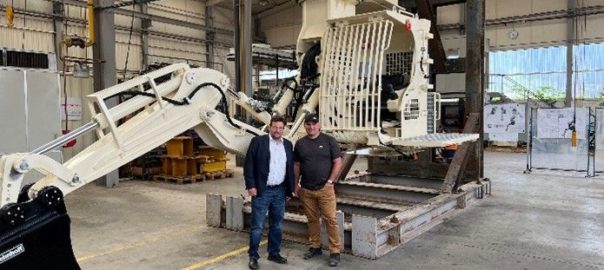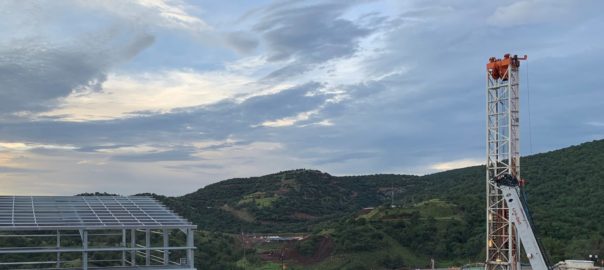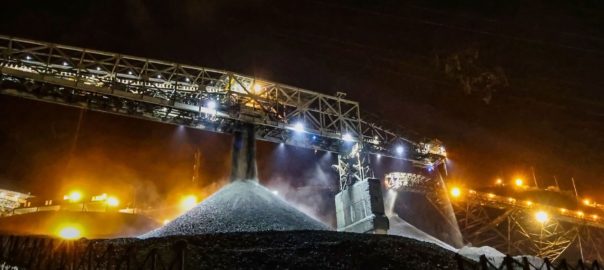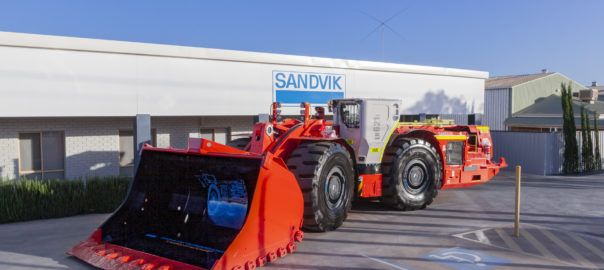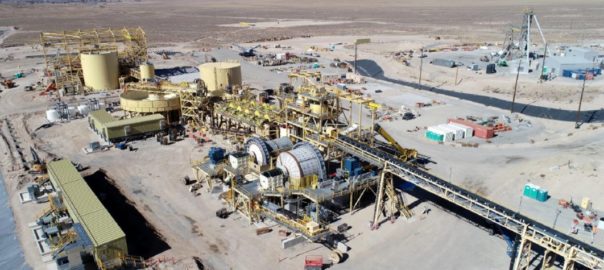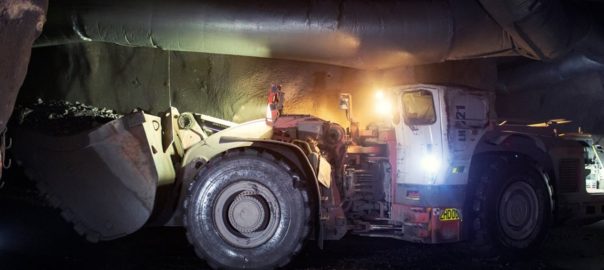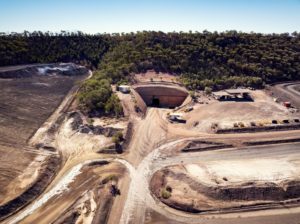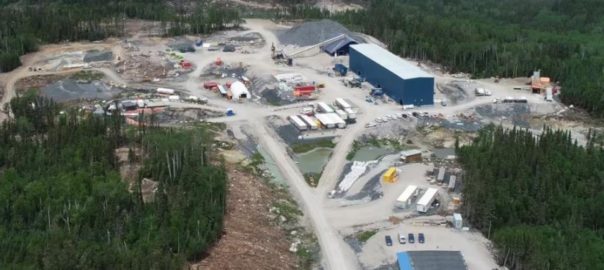Redpath is continuing its focus on mechanised shaft sinking operations, with the latest example being the planned use of the hydraulic shaft mucker S20+ at the Canadian Malartic Partnership’s (CMP) Odyssey gold project in Quebec, Canada.
Redpath Canada was recently contracted by the CMP to sink a 6.5-m diameter, 1,800-m deep concrete lined shaft at Odyssey, a project that has the potential to become one of Canada’s largest and most technologically advanced underground gold mines.
CMP, which is 50:50 owned by Yamana Gold Inc and Agnico Eagle Ltd, previously laid out plans to extract 19,000 t of ore at an estimated grade of about 2.75 g/t gold and roughly 5,000 t/d of waste rock during peak operations at Odyssey. The ore will be processed at the operation’s existing plant, which will eventually be adapted to the future mine’s needs including shifting from 57,000 t/d to 20,000 t/d. The ore will be hauled to surface using Blair production hoists with use of both shaft bottom and mid-shaft ore handling systems.
The sinking concept at Odyssey includes the use of the S20+, which was built by Redpath Deilmann in Germany. A previous iteration of this machine, the S20, was used with success on four shaft projects in both soft rock – with an integrated tool package – and hard rock.
The S20+ offers similar capacity/productivity to a North American pneumatic telescopic boom mucker but with a much easier learning curve for operators, according to Kevin Melong, Vice President – Shafts and Technical Services, at Redpath Canada.
Unlike the RD S100, which can move independently of the galloway within the shaft via a telescopic boom, the S20+ is connected to the galloway, requiring the lowering of the galloway to move the mucker into position for mucking.
Melong added: “The S20+ does present some potential for concurrent mucking when in and around the shaft station construction/excavation, but, in general, does not act independent of the stage as in the S100 design.”
Fitted with a bucket as standard, the S20+ offers a maximum digging depth of 7.96 m and a bucket volume of 560 litres. It also offers good flexibility, with the bucket capable of six rotations per minute.
Alongside the S20+ and the aforementioned S100, Redpath has been mechanising the shaft sinking process in mining through the use of large-diameter raiseboring equipment and operation of Herrenknecht’s Shaft Boring Roadheader (in soft-to-medium rock). The company is also working with Herrenknecht on the development of the Shaft Boring Cutterhead, a machine developed for medium-to-hard rock applications up to 250 MPa UCS.







